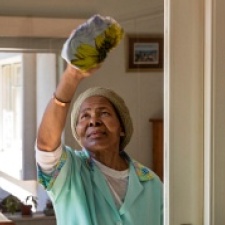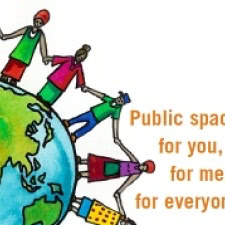Advanced Search
Search Results
24 results found
The 2022-2023 Annual Report details WIEGO's 8th General Assembly and describes the goals of our five-year strategic plan. It highlights the main achievements of WIEGO’s work and how WIEGO supports workers in informal employment.
The TUC–UNIWA Informal Sector Pension Scheme was established in Ghana in 2017 by the Union of Informal Workers Associations (UNIWA) as a registered as a voluntary group pension scheme with the National Pensions Regulatory Authority (NPRA). Despite its flexible contribution regime, the scheme has...
This brief explores the challenges that waste pickers face with EPR and offers ideas for developing more inclusive EPR systems, based on the participatory work of the Global Alliance of Waste Pickers.
In 2013, 89 per cent of Malawi’s 5.5 million employed people were informally employed. Informal economy budget analysis (IEBA) explores the extent to which government budgets address the needs of informal workers. The IEBA in this brief focuses on Lilongwe, Malawi and specifically on the needs of...
In 2010, 49.5 per cent of people (72.0 per cent of employed women and 72.0 per cent of employed men) employed outside of agriculture in Liberia were in the informal sector, with a further 10.8 per cent in informal employment. Informal employment is therefore extremely important for the Liberian...
About 86 per cent of Ghanaian workers work in the informal economy but together they earn only 40 per cent of national income. This is because many informal jobs are low paid and there is little job security. This brief looks at whether and how the budget of the Accra Metropolitan Assembly provides...
In 2014, 18 per cent of people employed in KwaZulu-Natal worked in an informal enterprise. In 2014/15, eThekwini’s budget was R38.8 billion (approximately US$3.5 billion). This brief looks at how the revenue, allocations, and expenditure in the eThekwini municipal budget affect informal workers in...
WIEGO’s Informal Economy Budget Analysis (IEBA) examines how government budgets address the needs and interests of different groups of informal workers. It also explores what opportunities exist for informal workers (or their representatives) to participate at different stages of the budget process...
Videos / Slideshows / Audio
Millions of women work long hours, in dangerous conditions, for little pay. They are fighting for change, with the help of ILO Convention 189 on Decent Work for Domestic Workers. Watch this video to learn how.
Workers Education/Organizing Materials
This manual helps street vendors learn more about the regulations that govern public space and how to defend the right to work in public space. It describes successful actions taken by street vendor organizations. And it offers information to help you organize and negotiate with local government.
WIEGO Working Papers
Mike Rogan reviews how informal workers are taxed, why there is growing interest in taxing them, and whether they should be included in the tax net.



